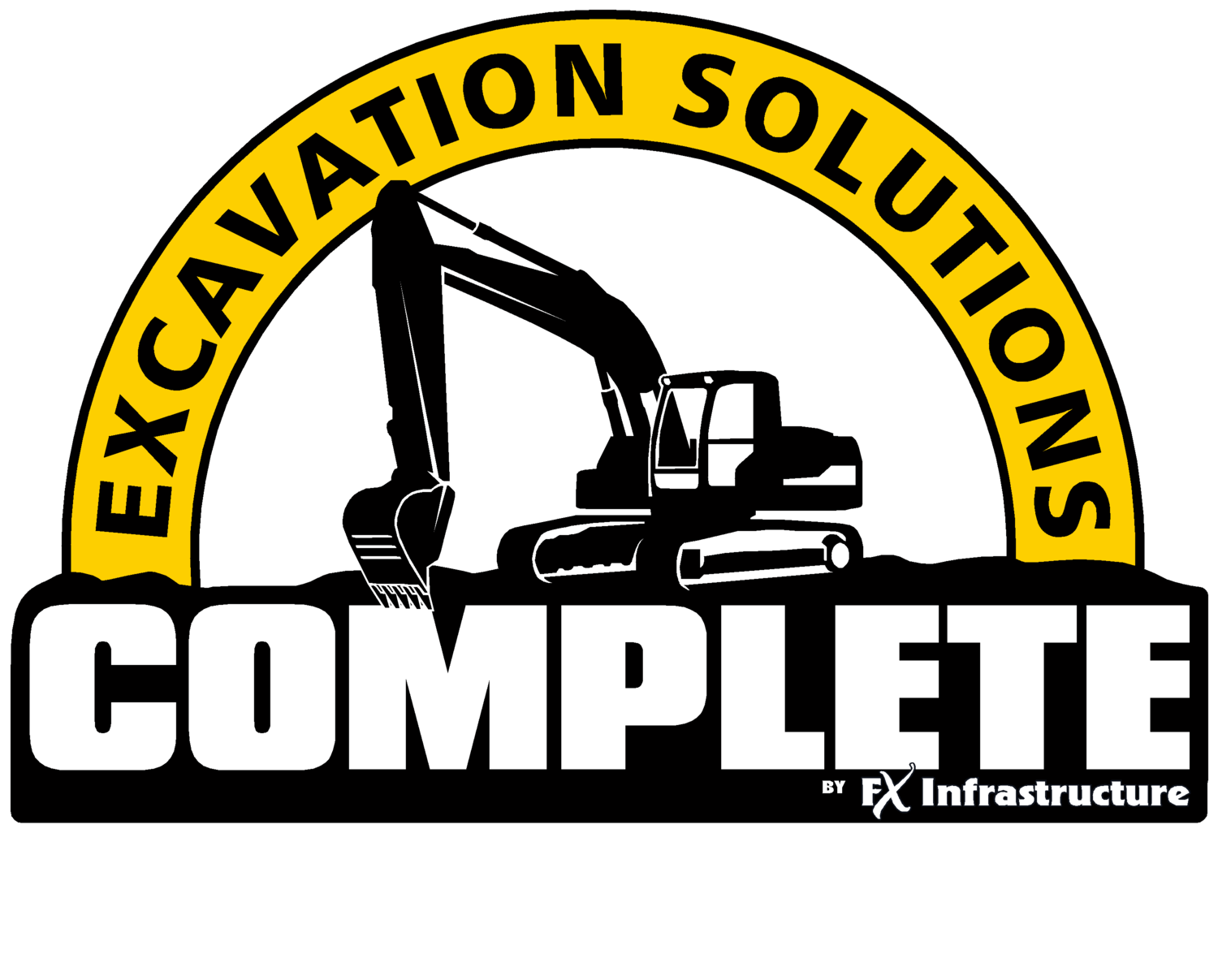Sand Mound Septic Systems in Clarion, Jefferson and Forest County PA
Hi folks! Here is a short summary of how to get a sand mound system in Western Pennsylvania.
Buckle your seatbelts, here we go!
1.SEE IF YOUR GROUND PERCS (passes a perc test)
You will need to hire someone (usually a dirt work contractor) to perform a PERC test with your local SEO (sewage enforcement area. Want to learn about why this is required? Check out our other blog post on perc tests. We currently offer this service as of 2024 for $950.
2. GET A SEPTIC SYSTEM DESIGNED
Once you receive the completed perc test paperwork from your SEO, the next step is to contact a state-approved designer. Ask your dirt work contractor who they recommend.
3. STRATEGIZE
If you plan to build, position your house, garage and road appropriately so they do not interfere with the septic areas. This step usually is the most time-intensive , when coupled with the system design time. Be patient!
4. PURCHASE MATERIALS
You will need approved sand, gravel, rock, topsoil, tanks, pipes and other parts that fit the extensive regulatory policies of the local government. These are expensive and there have been many supply shortages since 2020. Plan accordingly!
5. INSTALL RELEVANT PARTS IN YOUR FOUNDATION.
When building the house, be mindful of getting the sewer line out. Make sure you can flow from your basement to your septic tank, otherwise you will need a grinder pump to pump your raw sewage.
6. DIRTWORK AROUND PROPERTY
WARNING: Many people believe dirt work can be done when it is wet outside and the dirt is more like mud. When the dirt is too moist, it makes it very difficult to get a proper grade, or for the dirt to smooth for a level yard. Additionally, mud work is much more wearing on machines, which causes breakdowns and further delays. After decades of experience, we caution against this.
7. PIPE AND TANK INSTALLATION
The sewer line from the house to the septic tank is most often a gravity line, meaning the tank is lower than the toilet or shower drain in the house. Tanks should be buried in an easy access location. Keep in mind that you will need to pump your septic tank from time to time.
8. SAND MOUND INSTALLATION
Sewage officials do not approve of driving or operating heavy equipment over the area where the sand mound is to be built. Machinery with low ground pressure is the only legal way to go. This is the most expensive part of the septic system, and it needs to be just right, otherwise the system will not pass inspection.
9. CLEANUP AND PREP FOR INSPECTION
Most systems require pressure dosing in order to function. This means there is a pump inside a second septic tank called the dosing tank. Due to the need for electrical work for the pump, sometimes it is necessary to have an electrical inspection by your local township inspector in addition to the sewage inspection from the SEO.
10. INSPECTION
Once the system has passed inspection, then and only then can the system be covered with topsoil. If your system fails inspection, it is likely due to the customer or contractor’s failure to read and understand the plans from the septic designer. These are not simple documents, and it takes a trained eye from a contractor with significant experience building septic systems in multiple types of environments. Hiring a contractor with experience also brings the benefit of an already established relationship with local septic designers and SEOs. We advise family and friends to not pick the quick and cheap ones. It does not pay in the long run!
11. FINAL INSTALLATION, HOOKUP AND HYDROSEEDING.
This last step is pretty self-explanatory. Once the system is complete, you can tie it into the house. Keep your dirt work contractor’s number in case you have any questions as the seasons change on your property. Pumps and moving parts will require servicing at some point, so keep that in mind as well.
We hope you liked this quick summary about sand mound septic systems! Call us today if you need a consult at 814-221-7424!
